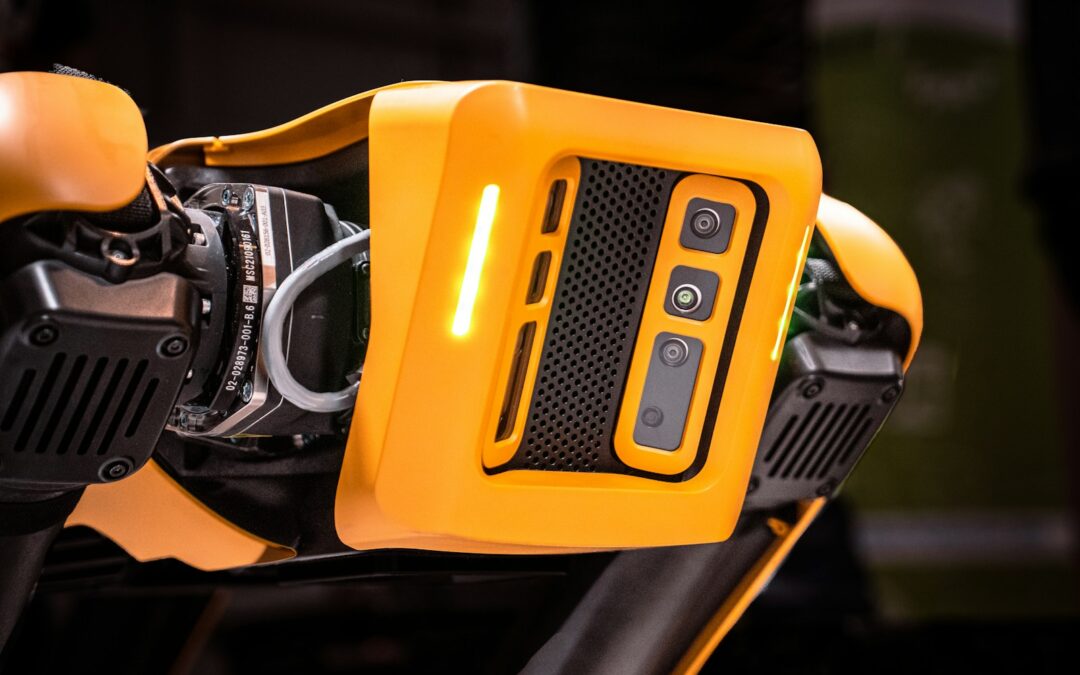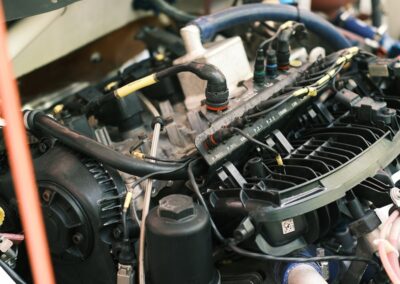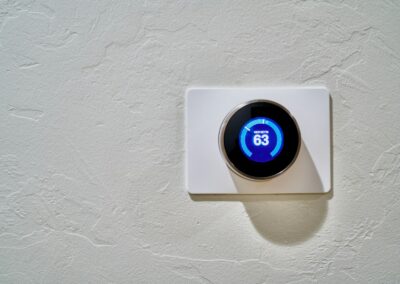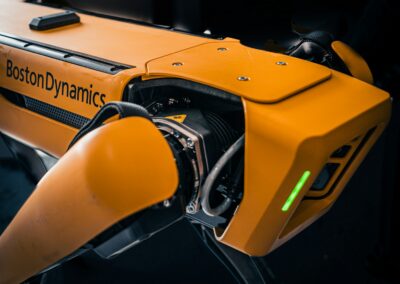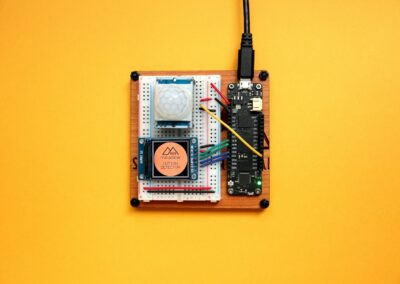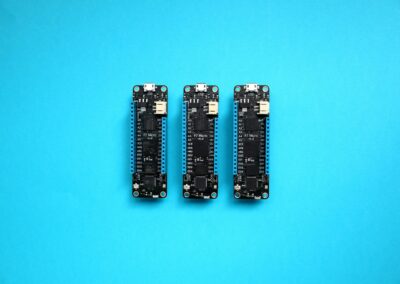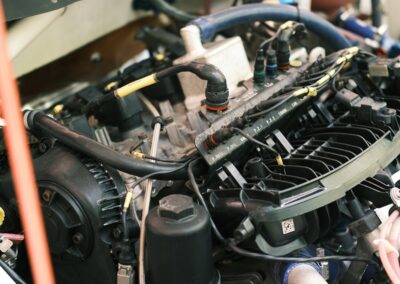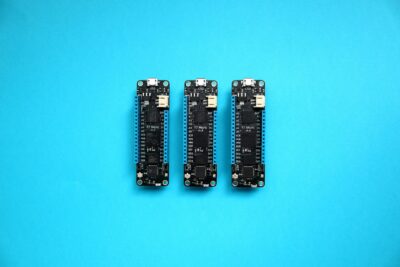The Benefits of Using IoT-Enabled Sensors for Monitoring and Predicting Maintenance Needs
How IoT-Enabled Sensors Revolutionize Maintenance Strategies
IoT-enabled sensors for predictive maintenance are rapidly transforming the way businesses manage and maintain their critical infrastructure. By continuously monitoring parameters such as vibration, temperature, and other vital metrics, these sensors provide real-time data that allows for early detection of potential issues. This proactive approach is particularly valuable in industries across Saudi Arabia and the UAE, where maintaining operational efficiency and minimizing downtime are top priorities. With the integration of IoT technology, companies can shift from reactive to predictive maintenance strategies, ensuring that equipment is serviced before problems escalate.
One of the primary advantages of IoT-enabled sensors is their ability to monitor vibration levels in machinery. Excessive vibration can be an early indicator of mechanical wear, misalignment, or imbalance, all of which can lead to costly breakdowns if not addressed promptly. In a manufacturing plant in Riyadh, for example, IoT sensors can detect abnormal vibration patterns and alert maintenance teams to inspect and service the equipment before a failure occurs. This not only extends the lifespan of the machinery but also reduces the likelihood of unexpected downtime, which can have significant financial implications.
Temperature monitoring is another critical application of IoT-enabled sensors in predictive maintenance. Many types of machinery, particularly in industrial settings, operate within specific temperature ranges to function optimally. Deviations from these ranges can indicate potential issues such as overheating, lubrication failures, or cooling system malfunctions. In a high-tech facility in Dubai, IoT temperature sensors can continuously monitor equipment and trigger alerts when temperatures rise above safe thresholds. This allows maintenance teams to intervene quickly, preventing damage to the machinery and ensuring continuous operation. By leveraging IoT technology, businesses in the UAE can enhance their maintenance strategies and protect their investments in high-value equipment.
Strategic Benefits of Predictive Maintenance with IoT-Enabled Sensors
The strategic benefits of adopting IoT-enabled sensors for predictive maintenance extend beyond just reducing downtime and preventing equipment failures. One significant advantage is the optimization of maintenance schedules. Traditional maintenance practices often rely on fixed intervals, which can lead to unnecessary servicing or, conversely, missed opportunities for intervention. IoT sensors, however, enable condition-based maintenance, where servicing is performed only when necessary, based on real-time data. In industries across Saudi Arabia, where efficiency and cost-effectiveness are crucial, this approach can lead to substantial savings in maintenance costs and resources.
Another key benefit is the enhancement of safety within the workplace. Faulty equipment poses significant risks to both workers and operations, and early detection of potential failures is critical for mitigating these risks. IoT-enabled sensors provide continuous monitoring and instant alerts, ensuring that any issues are addressed before they compromise safety. In a bustling industrial environment like Riyadh, where safety regulations are stringent and workforce well-being is paramount, the ability to predict and prevent equipment failures is invaluable. By integrating IoT technology into their maintenance strategies, companies can create safer work environments and comply with regulatory standards more effectively.
Moreover, IoT-enabled sensors contribute to better asset management and longevity. By continuously tracking the condition of machinery and equipment, businesses can make more informed decisions about repairs, replacements, and upgrades. This data-driven approach allows companies in Dubai and Riyadh to optimize their capital expenditures and extend the operational life of their assets. In a competitive market, where maximizing the return on investment is essential, the use of IoT technology in predictive maintenance provides a clear strategic advantage. By ensuring that assets are maintained in peak condition, businesses can achieve greater operational efficiency and long-term sustainability.
Conclusion: The Future of Maintenance with IoT-Enabled Sensors
As IoT technology continues to evolve and expand in Saudi Arabia, the UAE, and beyond, the role of IoT-enabled sensors for predictive maintenance will become increasingly central to business operations. These sensors offer a powerful tool for enhancing maintenance strategies, reducing costs, and improving safety. For companies in cities like Riyadh and Dubai, where maintaining operational excellence is key to success, the integration of IoT technology into maintenance practices is not just an option but a necessity.
Looking ahead, the continued development of IoT sensors and predictive analytics will open up new possibilities for maintenance optimization. As data collection and analysis become more sophisticated, businesses will be able to predict equipment failures with even greater accuracy and intervene before issues arise. By embracing these innovations, companies can ensure that their operations remain efficient, safe, and competitive in an increasingly complex industrial landscape.
—
#IoT, #PredictiveMaintenance, #SmartSensors, #IndustrialIoT, #SaudiArabia, #UAE, #Riyadh, #Dubai, #MaintenanceStrategies, #DigitalTransformation

